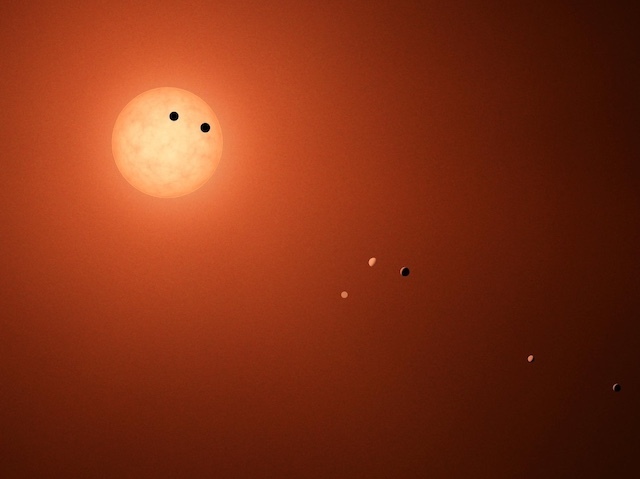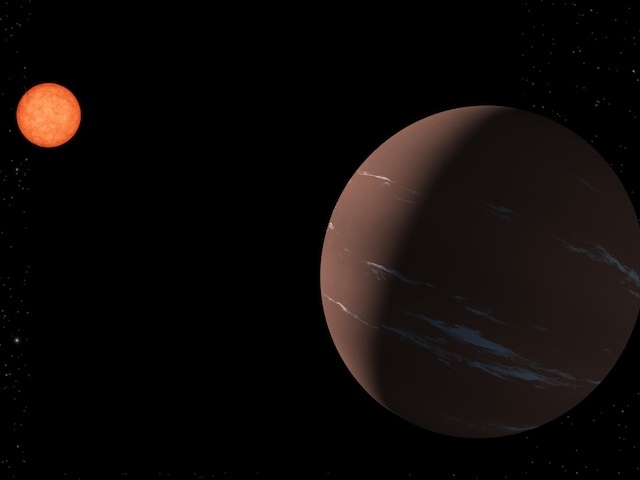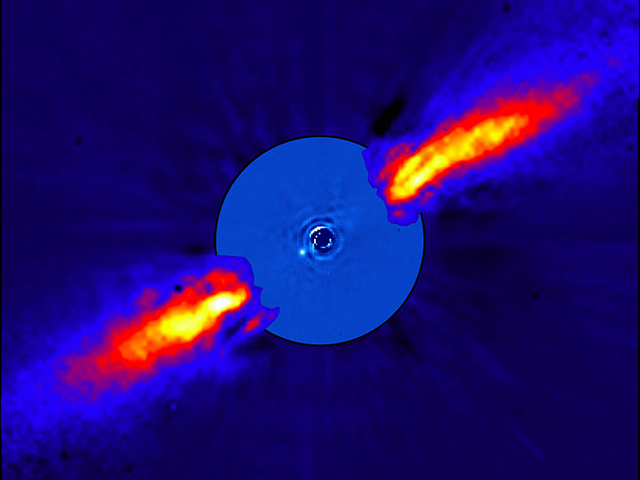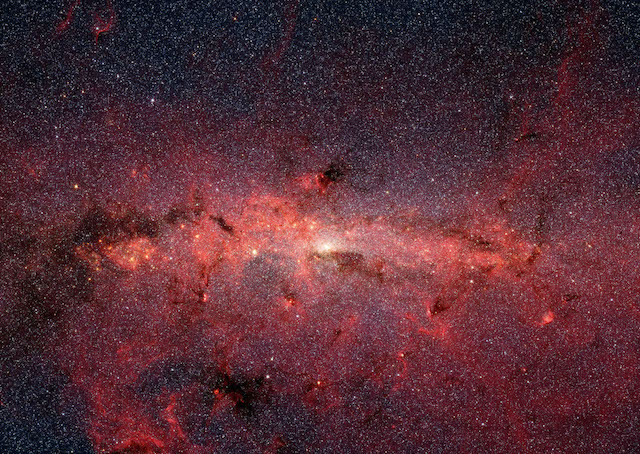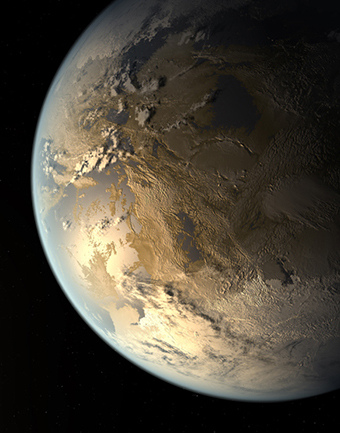News | March 28, 2016
NASA selects instrument team to build next-gen planet hunter
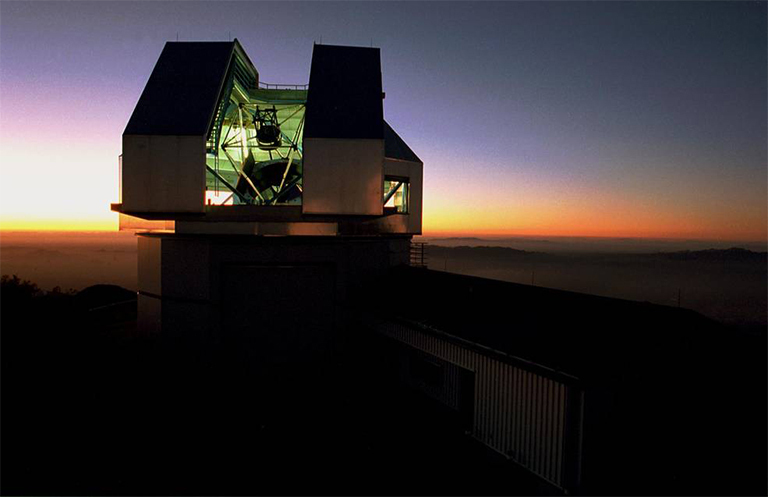
The NEID instrument, to be completed in 2019, will be installed on the 3.5-meter WIYN telescope at the Kitt Peak National Observatory in Arizona, and detect exoplanets by measuring the miniscule “wobbling” of stars. Credit: Mark Hanna/NOAO/AURA/NSF
NASA has selected a team to build a new, cutting-edge instrument that will detect planets outside our solar system, known as exoplanets, by measuring the minuscule “wobbling” of stars. The instrument will be the centerpiece of a new partnership with the National Science Foundation (NSF) called the NASA-NSF Exoplanet Observational Research program, or NN-EXPLORE.
The instrument, named NEID (pronounced “noo-id”), which is short for NN-EXPLORE Exoplanet Investigations with Doppler Spectroscopy, will measure the tiny back-and-forth wobble of a star caused by the gravitational tug of a planet in orbit around it. The wobble tells scientists there is a planet orbiting the star, and the size of the wobble indicates how massive the planet is.
The highly precise instrument, to be built by a Pennsylvania State University research group led by Dr. Suvrath Mahadevan, will be completed in 2019 and installed on the 3.5-meter WIYN telescope at the Kitt Peak National Observatory in Arizona.
Using NEID as a facility observatory instrument, astronomers will be able to search out and study new planets and planetary systems, as well as follow-up the discoveries of NASA’s planet-hunting missions Kepler/K2 and the in-development Transiting Exoplanet Survey Satellite (TESS). NEID will also help identify promising targets for future observations with the James Webb Space Telescope and the Wide-Field Infrared Survey Telescope.
“The NEID instrument is a critical part of NASA’s partnership with NSF; this state-of-art precision instrument will enable the community to search for new worlds using the WIYN Telescope," said Paul Hertz, NASA Astrophysics Division Director in Headquarters, Washington. “We look forward to many new discoveries that can then be further explored using NASA’s space telescopes.”
NEID was one of two concepts for an extreme precision Doppler spectrometer that were selected for a detailed six-month study by NASA in June 2015.
The name NEID is derived from a word meaning “to discover/visualize” in the native language of the Tohono O’odham, on whose land Kitt Peak National Observatory is located.
NASA and NSF established a partnership in February 2015 to take advantage of the full National Optical Astronomy Observatory (NOAO) share of the Kitt Peak telescope. The goal is to provide the science community with the tools and access to conduct ground-based observations that advance exoplanet science, and support the observations of NASA space astrophysics missions. Kitt Peak National Observatory is operated on behalf of NSF by NOAO. The NEID project will be managed on behalf of NASA’s Astrophysics Division by the Exoplanet Exploration Program Office at the Jet Propulsion Laboratory.
For more information, visit:


